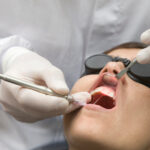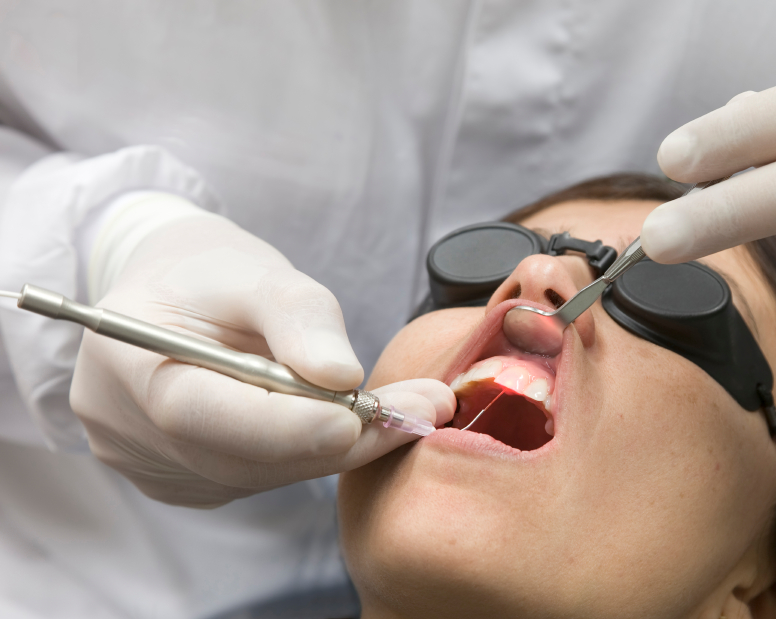 Regardless of a person’s age, one of the most daunting parts of a dentist visit would have to be the drilling. This process typically involves the smell of burning teeth that are ground into dust while the dentist pokes around in the gums with horrible looking tools that appear as if they have been derived from a torture chamber.
Regardless of a person’s age, one of the most daunting parts of a dentist visit would have to be the drilling. This process typically involves the smell of burning teeth that are ground into dust while the dentist pokes around in the gums with horrible looking tools that appear as if they have been derived from a torture chamber.
It comes as a relief to various people, that today more of the dentists are now using tools powered by laser technology which is doing away with the older types of drill machines.
How Laser Dentistry Actually Works
Similar to choosing a type of knife associated with what needs to be cut, there are also three laser types that are chosen based on the work type that the dentist intends to conduct. The differences in these lasers are based on strength and the laser that is the most powerful is the one used to cut through harder materials like hard tissues.
When used by highly skilled and experienced Peridontist, these lasers are used like microscopic flames that are similar to sculpting wax statues. This means the drilling sounds are eliminated along with the alarming grating sensation that is often accompanied by drilling along with the fear of the dentist unintentionally cutting something else.
The three laser types currently in use today include the Garnet Laser that is used to coagulate and cut through soft dental tissue. It features good hemostasis used in nonsurgical sulcular-debridement for periodontal based disease control. The Erbrium is the second laser type which is used on harder dental tissue. The Diode Laser which is the third type is the one used for procedures that involve “aesthetic” gingival re-contouring, crown lengthening of the soft tissue, exposing the soft tissue in impacted teeth, removing hypertrophic and inflamed tissues, herpetic lesions and photostimulation of apthous frenectomies.
How The Laser Works Within A Dental Environment
The strong light that comes out of a pinpoint produced by these lasers plays the role of increasing the temperature of the minute area that the laser is focused on. This results in a photochemical effect while the extent of this effect will dependent on the amount of water in this tissue at this location.
When switched on the laser’s temperature is around 60 degrees Celsius and this is when protein inside the tissue will start to denature. This occurs without the vaporization of underlying tissues. When the temperature is raised further to 100 degrees Celsius water content inside the tissues are vaporized which is known as ablation. The temperature chosen is dependent on the type of procedure that the dentist is conducting.
This entire process is silent, which means the patient feels more relaxed and in no time at all the entire procedure is done.




